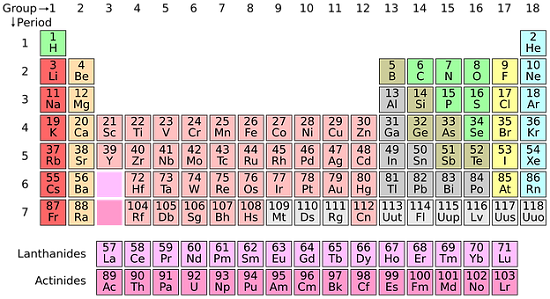
Q: What are the different kinds of minerals?
Marla Ahlgrimm: There are trace minerals, which are those you need in very small amounts, and macrominerals, those the body requires a higher volume. Calcium, potassium, and magnesium are examples of macrominerals. Cobalt, iron, manganese, and iodine are essential trace minerals.
Q: What is the difference between manganese and magnesium?
Marla Ahlgrimm: Magnesium is a macromineral that is found in nuts, whole grains, beans, and leafy green vegetables. It plays a role in all biological processes and is a key factor in how the body uses glucose. As a trace mineral, manganese is also crucial to development, specifically of the nervous system and brain. They are found in many of the same foods.
Q: It seems like most minerals come from vegetables. Are there other foods that supply trace and macrominerals?
Marla Ahlgrimm: Eating plenty of fruits and vegetables is undeniably the best way to ensure you get enough vitamins and minerals alike. However, dairy products and meat contain many nutrients, including sulfur, phosphorus, and calcium. Table salt is a source of chlorine, which assists in electrolyte balance.
Q: What happens when you don’t get enough minerals?
Marla Ahlgrimm: Anytime the body does not receive the nutrients it needs, it may experience delayed development, compromised immunity, or weakening of the systems that rely on specific nutrients.
